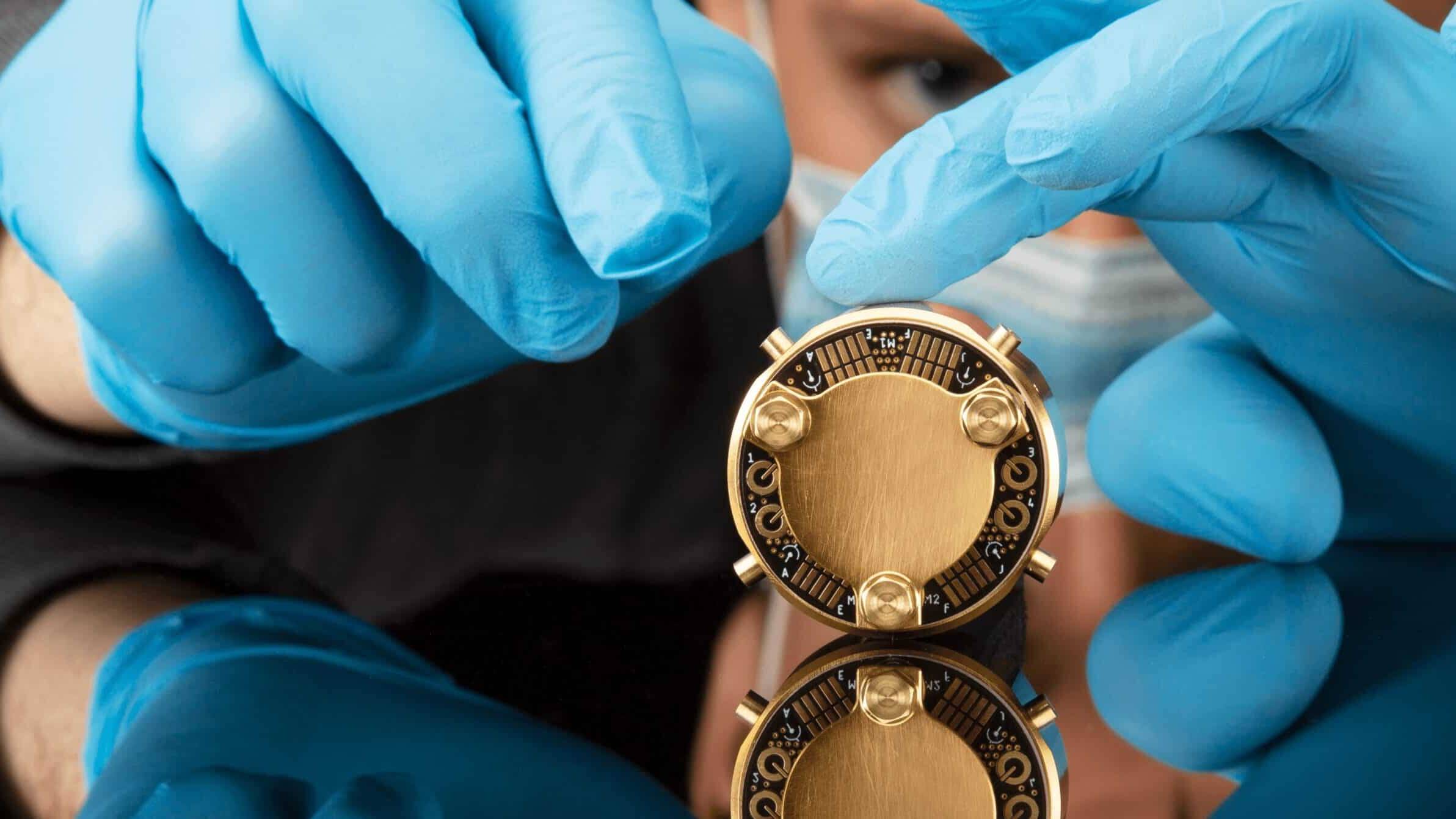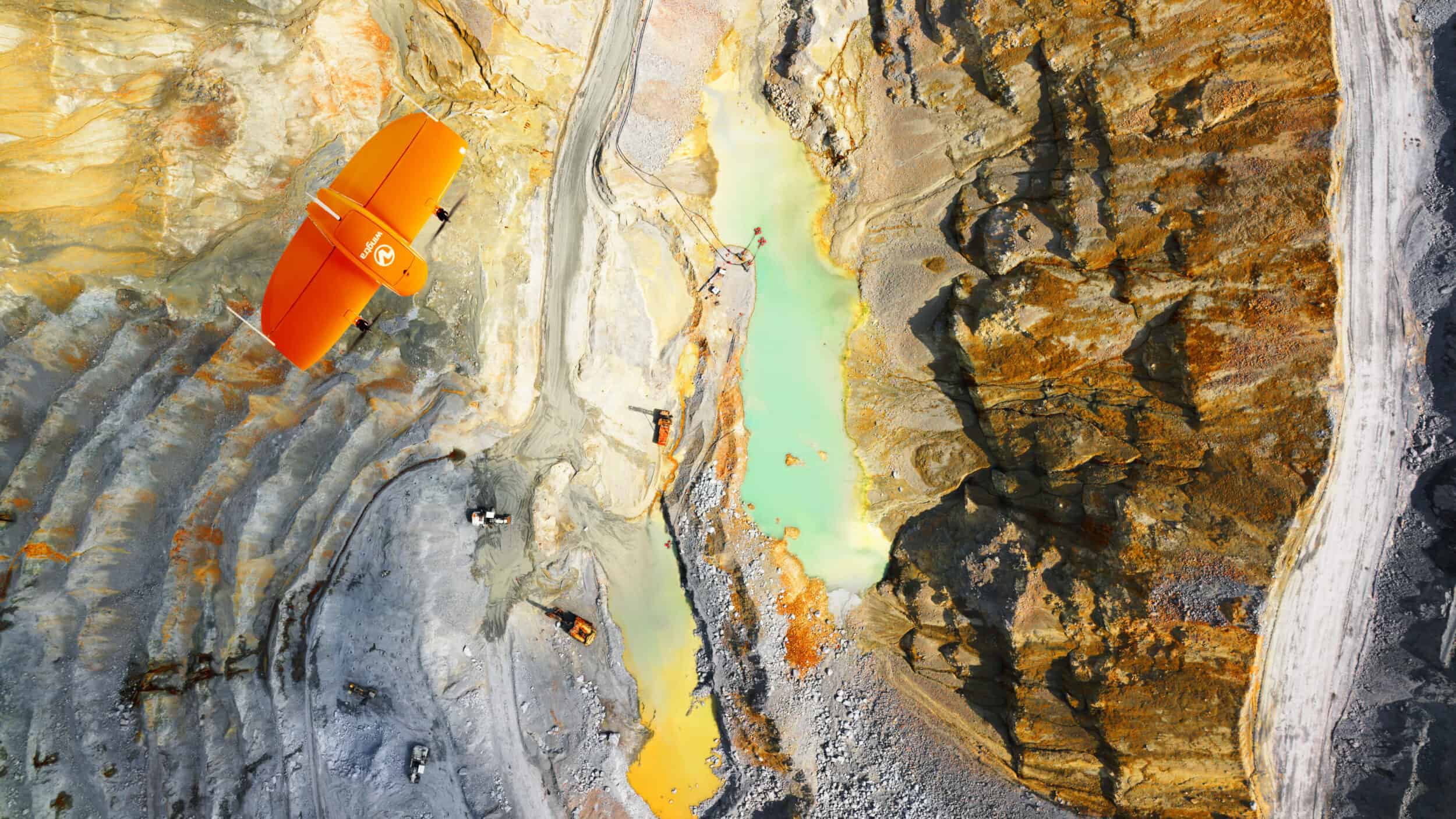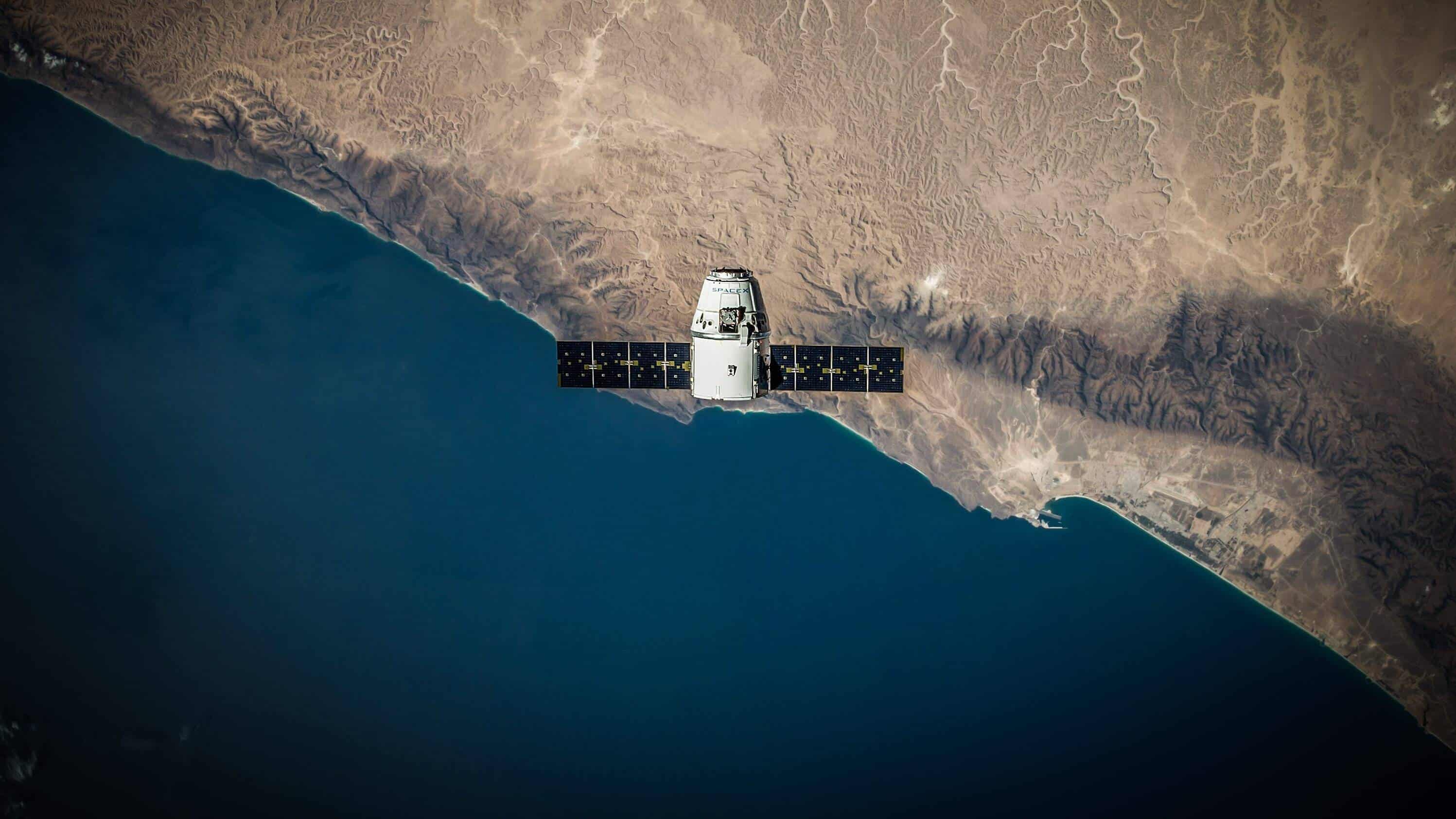Startup Astrocast plans to launch 100 shoebox-sized satellites to bring connectivity to every place on earth. To finance this ambitious project, the company aims for a listing on the Euronext stock exchange. But why do even the remotest places on earth need connectivity?
Communications satellites bring us television, telephone, TV and internet connectivity. They are big beasts, can be as tall and heavy as an elephant, cost above 100 million to build, and as much again to be launched to their geostationary orbit 35 786 km above the equator. These satellites are powerful but offer costly service, often too expensive for applications that need just a tiny little amount of data transmitted. In fact, there are countless man-made objects all around the world that would require exactly that: Picture buoys in the middle of the ocean that measure the salinity of the water. A piece of industrial equipment in a jungle that needs to be tracked. A gas or water tank in a remote desert, whose proprietor would like to know from time to time how much there is left in it. For such objects, it would be enough if they would just send a text message home from time to time – but of course, there is no mobile coverage where they are. In fact, on about 90% of earth’s surface, there is no signal at all, as these vast land masses aren’t even covered by 2G service. The only way to communicate, hence, is via satellite. And the way to make communication via satellite cheaper is by shrinking them.
Fabien Jordan is a pioneer when it comes to satellites of the smaller kind. As an Electrical Systems Engineer for the Swiss Space Center of EPFL in Lausanne, he worked on Switzerland’s first satellite, the SwissCube. Compared to the elephant satellites in space, this was a small rabbit, weighing just one kilogram. Fabien leveraged the experience he gained with this project and founded Astrocast in 2014 together with Space Systems Engineer Federico Belloni. Their vision was to create global direct-to-satellite communication for the emerging Internet of Things. Now, the company is getting there, as its commercial service is about to be launched.
In a small office building close to Lausanne, engineers are busy building Astrocast’s nanosatellites. They are 3U satellites, one “U” refers to the standard unit of 10x10x10 centimeters. In 2021, Astrocast launched 10 of them already. They are fully functional and rotate about a dozen times around the earth in a distance of about 500 km. Because they aren’t geostationary, Astrocast needs 100 of them to cover every spot of the earth all the time. The company is on track to reach that goal by 2024. However, for applications that don’t need constant connectivity, a smaller constellation is already good enough, which means that Astrocast’s system already provides commercial value even when it’s not complete.
To connect to the satellites, an object needs to be equipped with an antenna. In this case, this antenna is just a small chip with very low power consumption, orders of magnitude less power-hungry than what competitors can offer. (The reason for this is that through a partnership, Astrocast can use a frequency called L-Band that allows for miniaturized antennas.) This matters; if you have thousands of assets in the middle of nowhere, you don’t want to visit them often to replace batteries.
Launching small satellites into space has become a big business. SpaceX with its Falcon 9 rocket has made launches more affordable, and the number of small satellites deployed every year has risen to a few hundreds. The satellite IoT market is expected to grow massively over the next few years. By 2025, the number of connected devices is estimated to surpass 30 million. Astrocast is well-positioned to grab a large share of this market because no other company will be able to deploy a comparable constellation of nanosatellites as quickly as they do. The startup is in advanced discussions with dozens of clients from diverse industries, and some of them plan to connect tens of thousands of devices as soon as they can.
Even if the cost to build and launch one of Astrocast’s satellites of about half a million dollars is fairly modest compared to larger satellites, the company still needs to raise a significant amount of capital to finance the whole constellation. (Having raised 22 million Francs in the past, Astrocast is currently raising up to 50 million Francs in a private placement.). This is why the company plans to go public and list on Euronext, to broaden its investor base. Astrocast believes it is in a good position to become a market leader in IoT. The chips and communication protocol were developed in-house, the company will control its whole system. And the management team has a strong track record in space. Chairman José Achache was director at the European Space Agency and architect of the Sentinel series of satellites of the Copernicus program. CFO Kjell Karlsen helped lead multinational spacecraft company Sea Launch for 14 years. And Corry Brennan, Head of Sales, has more than 20 years of experience in telecom and aerospace.
As Astrocast launches more and more nanosatellites over the next few years, the availability of connections to the system will increase, and more and more customers will come on board. The business model is simple: Astrocast charges a monthly subscription fee for every device connected to its system. (It also sells the antenna chips to the clients, but aims to keep their price low to drive adoption.) Due to the significant capital expenditure for the launch of the satellite, the company will still be loss-making for at least 2022 and 2023. Astrocast is convinced that as a leading IoT company, it can offer high-margin data plans others simply cannot. Verve Ventures has backed the company as early as 2017, when we first invested in Astrocast’s Seed financing round.
Written by
WITH US, YOU CANCO-INVEST IN DEEP TECH STARTUPS

Verve's investor network
With annual investments of EUR 60-70 mio, we belong to the top 10% most active startup investors in Europe. We therefore get you into competitive financing rounds alongside other world-class venture capital funds.
We empower you to build your individual portfolio.
More News
02.03.2021
An introduction to quantum sensors and the investment opportunities
in this space
Quantum computing and its supremacy over the classical computer capture the imagination of people all over the world. Less known, but no less fascinating is the practical application of quantum phenomena to build sensors that can measure what is otherwise impossible. Scanning a single cell, looking around a corner, hearing a mouse eat in a grain silo, all of this becomes possible thanks to quantum sensors.
07.10.2020
Trends in the drone industry
Investments in drone startups have gone up considerably in the last few years and reached USD 1.2 billion in 2019. Venture capital firms contributed two thirds of that sum. Why does investiere invest in drone startups and what are current trends? The drone market experts Kay Wackwitz and Hendrik Boedecker exchange ideas with our Investment Manager Romeo Bütler.
11.11.2019
The Race for a Place in Space
Is there a place in space for Swiss startups? Yes, says José Achache, former director of Earth Observation at the European Space Agency (ESA). José wants Switzerland to be seen as a space nation. In this interview, he explains how. He works closely with Nanja Strecker, who runs the ESA Business Incubation Center in Switzerland. We asked her about the benefits of the incubator for startups.
Startups,Innovation andVenture Capital
Sign up to receive our weekly newsletter and learn about investing in technologies that are changing the world.




